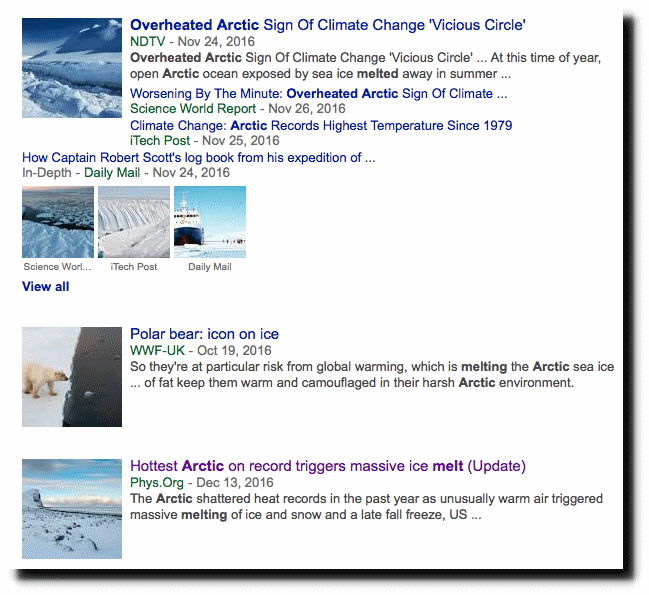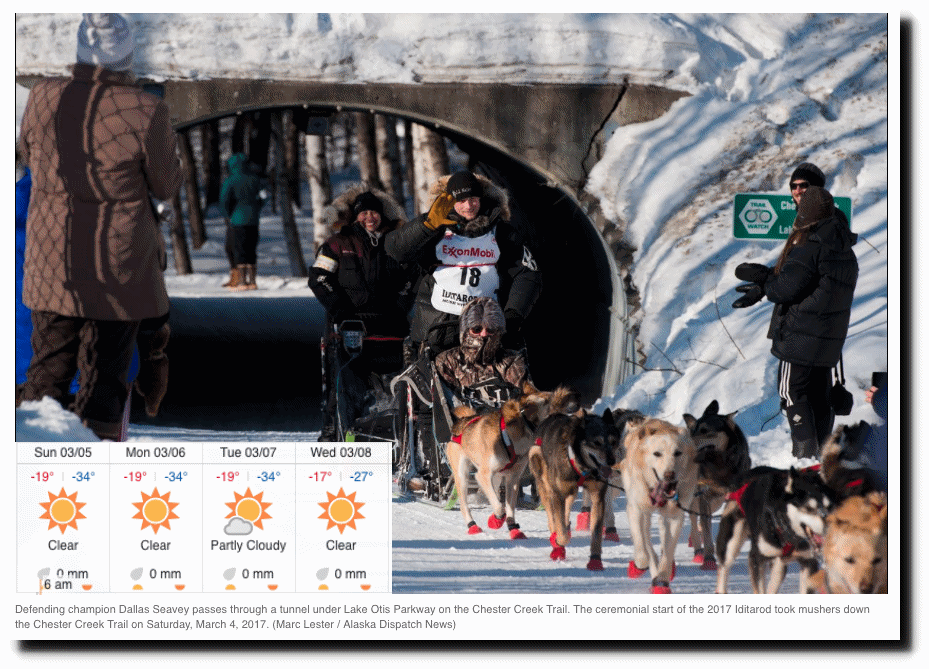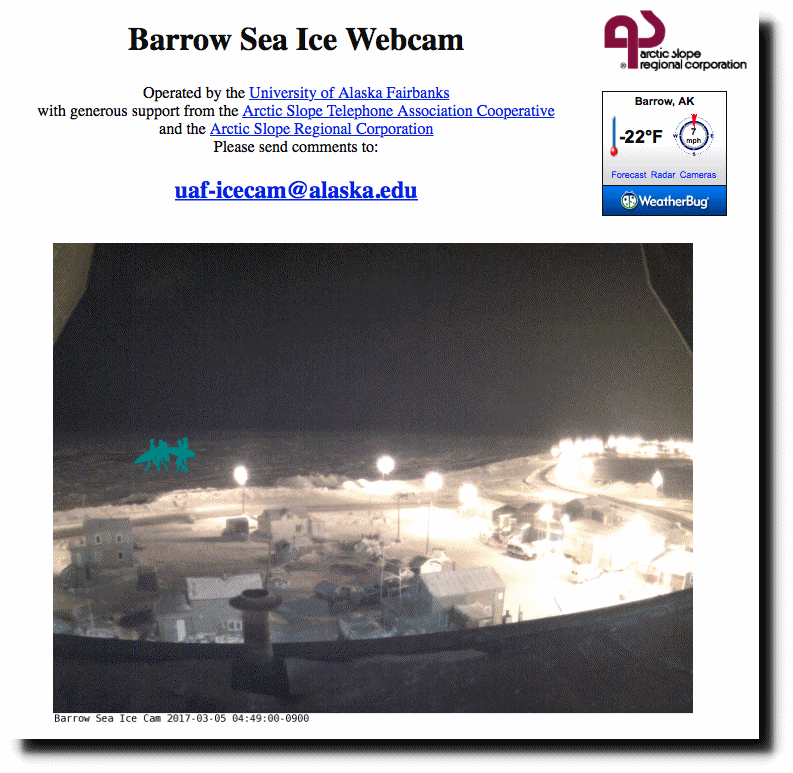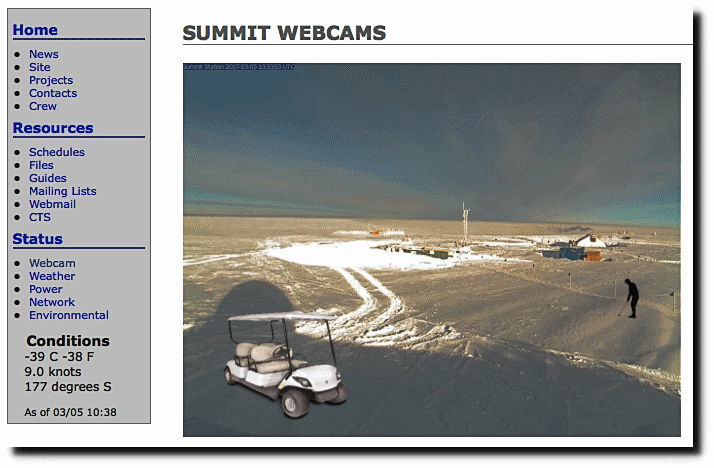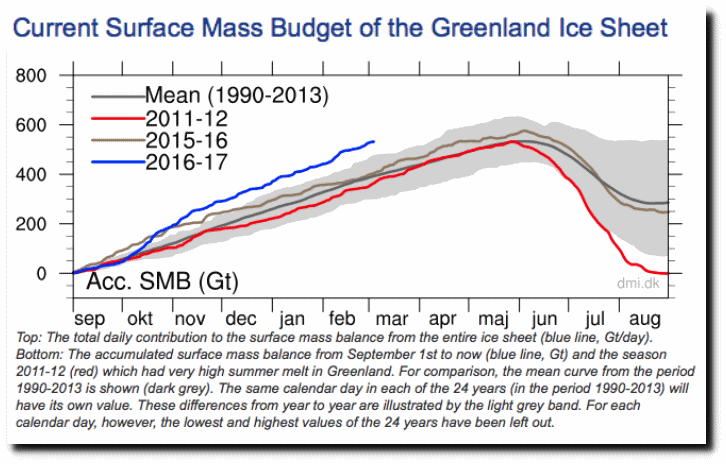“We’ll know our disinformation program is complete when everything the American public believes is false.”
- William Casey CIA Director 1981
Experts tell us that the Arctic is overheated and massively melting.
This opens up lots of recreational opportunities, like dog sledding at -34C
Surfing at -22F is another option.
The golfing is fine at -39C.
Greens conditions are excellent, with a record 530 billion tons of new ice this winter.
Greenland Ice Sheet Surface Mass Budget: DMI
Almost everything you hear about climate from the press and government scientists is fraudulent. It is time to drain the swamp.

